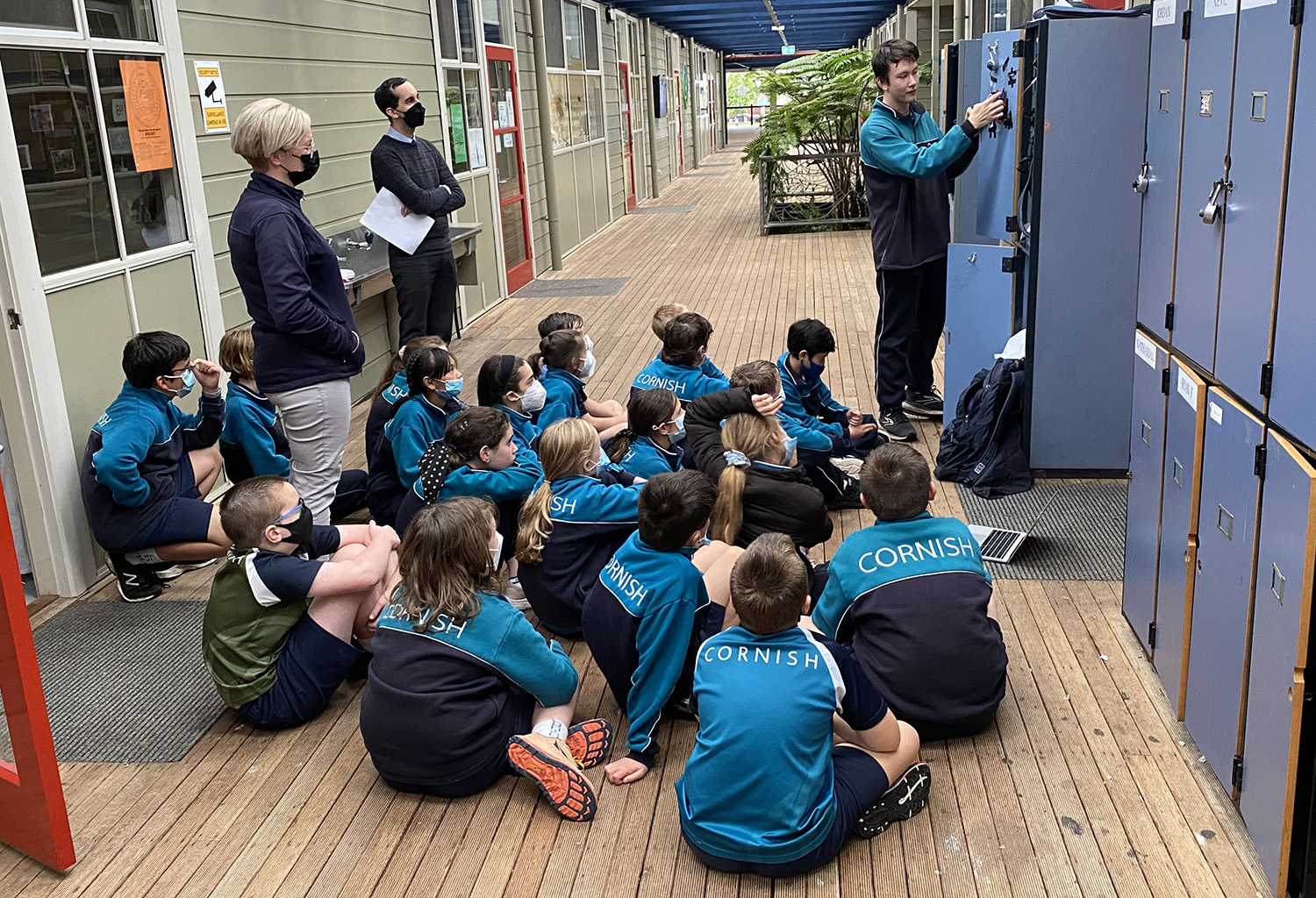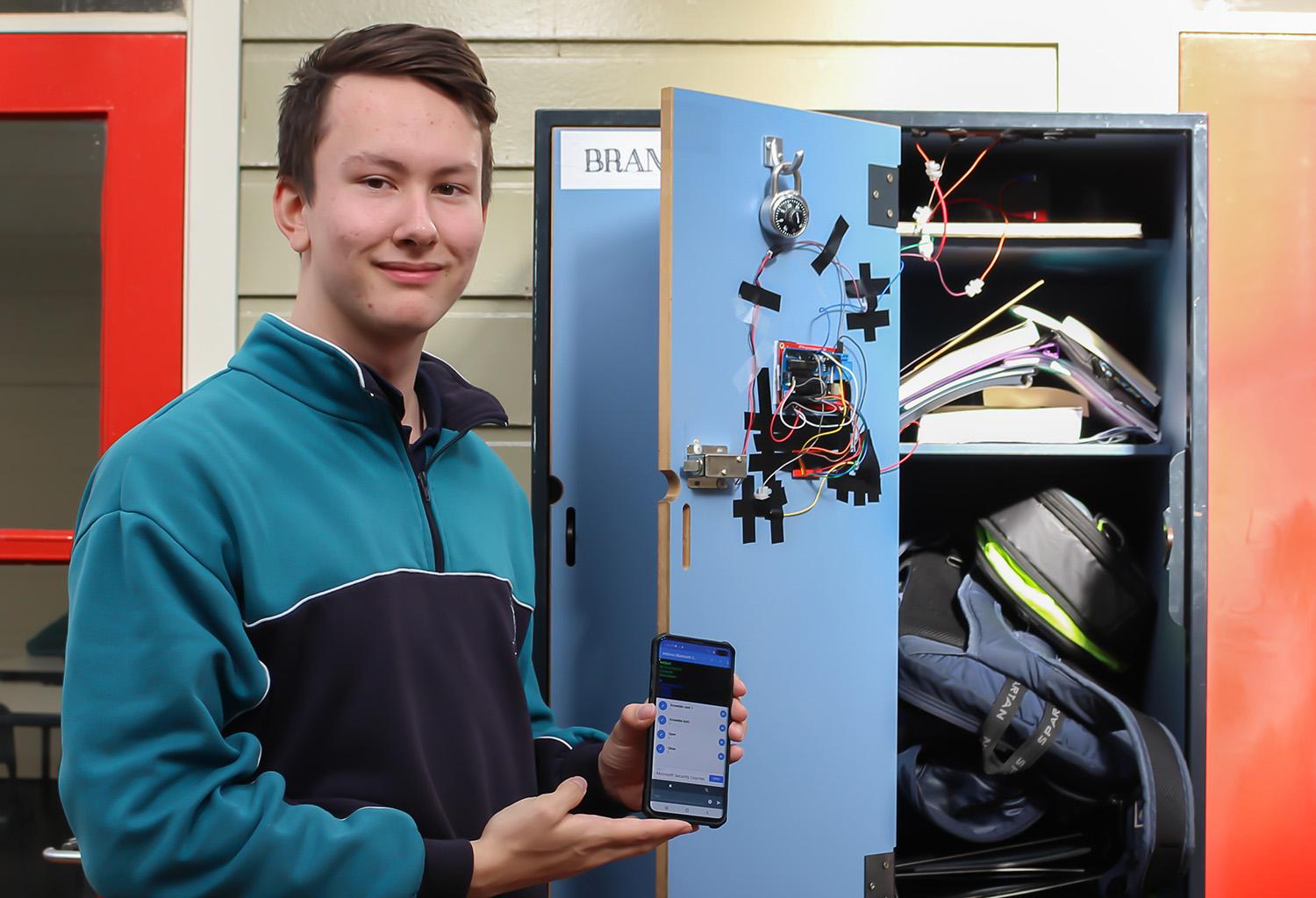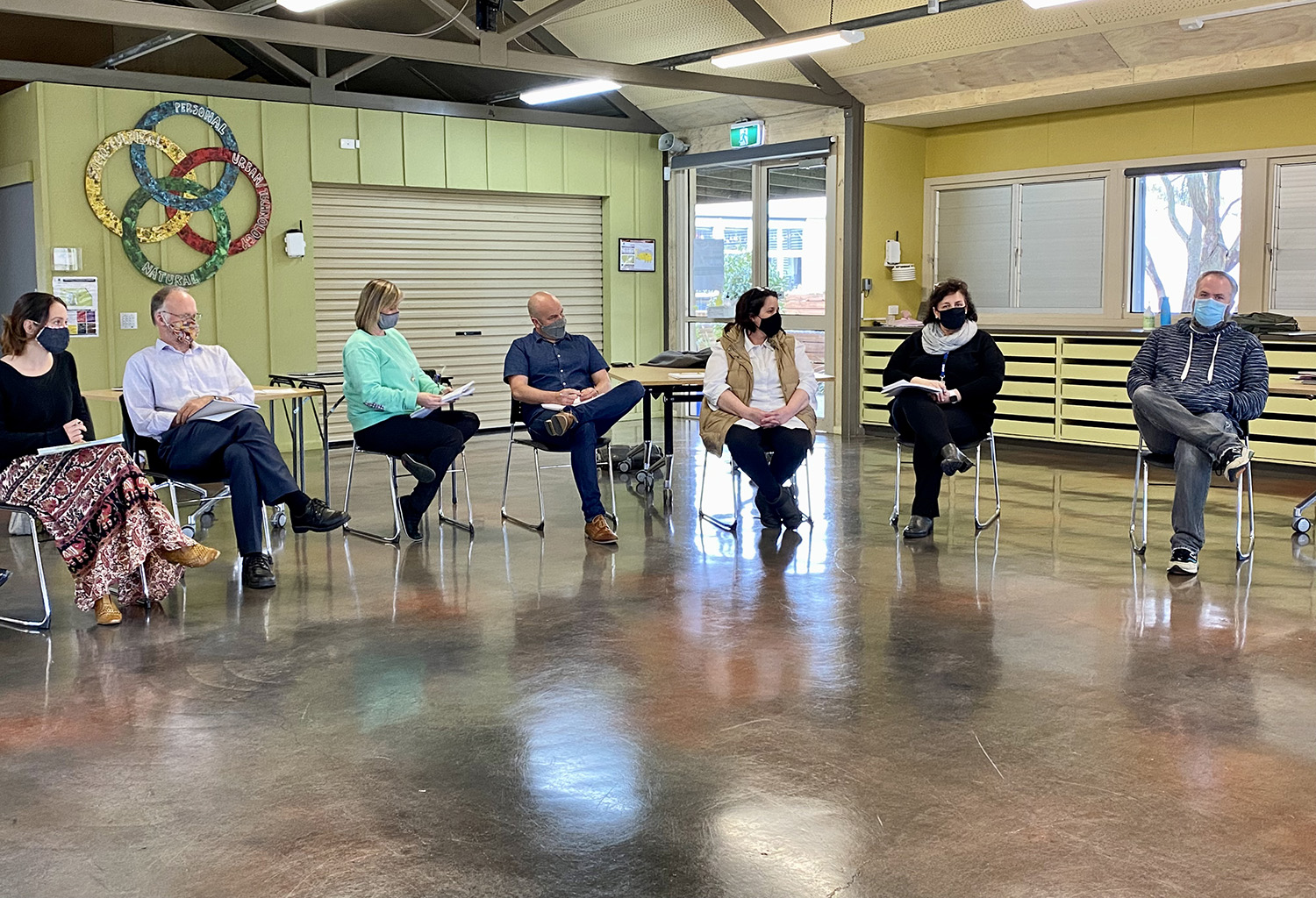Five steps from ideation to landing: Design Futures 100 at Cornish College
ISV Member School Spotlight

4 min read
Extended lockdowns and remote learning in 2020 provided the perfect catalyst for the team at Cornish College to start changing the narrative of what school can and should be, writes Nicole Timbrell, Deputy Principal – Innovation and Design.
The unexpected removal of normal learning routines brought to the fore a stream of compelling evidence of what students were capable of doing and learning independently when they had greater control over their time.
Likewise, our Executive Leadership team at Cornish College used this period of disruption to make some courageous and bold shifts in our curriculum offering. Once we recognised that there were more reasons to change than not to, we took the leap.
The result was the creation of Design Futures 100, an off-the-grid curriculum innovation unique to Cornish College in which senior secondary students participate in 100 hours of self-directed learning alongside their core curriculum. Students learn without the constraints of study designs, timelines or assessments, and staff collaborate with students to ‘steward’ their learning.
There is much we can share about how Design Futures is impacting our school and young people positively. However, it is the story of the change management process that got us to this point that we share here with the ISV community.
Our collaborative process from ideation to landing, to influencing and engaging, and finally to implementation, scaling and evaluation, was characterised by the following five integral actions.
1. Collect evidence of students leading their own learning as proof of concept
Tiny-house renovations, applying sensors to automate hand sanitizer dispensers, applying for government permission to cross interstate borders to compete in a national robotics competition, and building a bridge to get a tractor across a ditch were just some of the young-people-left-to-their-own-devices stories that arose in lockdown.
Once we started collating and examining these stories as a collective, a bigger picture emerged of student agency, autonomy and ‘deep play’ that would be the foundation of our change narrative.
Photo caption: A Design Futures student shares his learning with Year 5 for their Unit of Inquiry on enterprise/inventions.

2. Use storytelling to anchor the innovation to values and purpose
Drawing parallels between the story of the educational change we were planning, and the story of the school we are becoming was another approach that positioned the change as a positive.
Connecting our purpose to educate for a sustainable future and embedding references to our school values factored in all communications. Messaging that emphasised the courage that is required when we are called to challenge the narrative of schooling landed most effectively.
3. Identify circles of stakeholders to engage in consultation
A staged consultation process initially invited our key stakeholders or ‘activators’ to critically review the proposal in readiness for immediate launch. Following that, we engaged a wider group of ‘shapers and influencers’ to consider how the principles that unpinned Design Futures 100 could possibly influence and shape curriculum and pedagogy from ELC to Year 12.
Finally, we invited other stakeholders or ‘messengers’ to grow the pool of knowledge and influence any staff members who wanted to be involved. Eventually those who missed out on these sessions were asking ‘exactly what is Design Futures?’ and a buzz of curiosity took hold.
Photo caption: Cornish College staff participating in the circles of stakeholders consultation sessions in 2020.

4. Build a challenge network from within and outside of the community
When a team is particularly excited about a change it can get caught up in the possibilities at the expense of spotting and mitigating the potential challenges. Critical to the success of our change process was to include community members in our circle of stakeholders who might be hesitant to change. Actively listening to the concerns and insights of this ‘challenge network’ pushed us to examine the unintended consequences of introducing our Design Futures 100 and address these as best we could.
5. Make a safe and visible start to build acceptance and momentum
By the time our team landed on the Design Futures 100 and shaped it into a story that could be pitched to our community, there were only five weeks left in the school year. It was tempting to hold back to plan a more staged rollout the next year, but we didn’t want to lose our momentum.
We started small and recruited a pilot group of students, gaining the trust and permission of their parents who, like us, were keen to make a bold move.
When we offered our thanks to the inaugural Design Futures class for being our guinea pigs, they had a memorable reply. “We are not guinea pigs,” they said, “we are trailblazers.”
Nicole Timbrell is the Deputy Principal (Innovation and Design) at Cornish College.
We regularly spotlight innovative teaching and learning projects being undertaken at ISV Member Schools. Have you got a project you’d like to feature? Get in touch.

